Rain gutters often go unnoticed until they cause a visible problem. Yet, these simple components play a critical role in protecting a home from water damage. Regular maintenance of rain gutters is not only a smart preventative measure but also a key factor in ensuring the long-term integrity of a property. Whether your home faces heavy rainfall or occasional showers, keeping your gutters clean and functional is essential.
Protecting Your Home’s Foundation
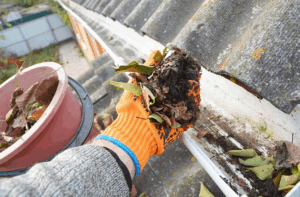 One of the primary functions of a rain gutter system is to channel water away from the foundation of a home. When gutters become clogged with leaves, dirt, or debris, water begins to overflow and pool around the base of the house. Over time, this can lead to soil erosion, foundation cracks, and basement flooding. Once structural damage sets in, repairs become far more costly and complex than regular gutter maintenance would have been. By keeping gutters clear, homeowners help ensure that rainwater is properly diverted and that their foundation remains dry and secure.
One of the primary functions of a rain gutter system is to channel water away from the foundation of a home. When gutters become clogged with leaves, dirt, or debris, water begins to overflow and pool around the base of the house. Over time, this can lead to soil erosion, foundation cracks, and basement flooding. Once structural damage sets in, repairs become far more costly and complex than regular gutter maintenance would have been. By keeping gutters clear, homeowners help ensure that rainwater is properly diverted and that their foundation remains dry and secure.
Preventing Roof Damage
Clogged gutters can also cause serious issues for a roof. When water cannot flow freely through the gutters, it may back up and sit on the roof or seep under shingles. This standing water can lead to rot, mold growth, and deterioration of roofing materials. In colder climates, trapped water may freeze and form ice dams, which can lift shingles and further compromise the roof’s ability to repel moisture. Regular inspections and cleaning help prevent these problems, extending the life of the roof and avoiding costly repairs.
Avoiding Pest Infestations
Rain gutters filled with stagnant water and organic material become ideal breeding grounds for pests. Mosquitoes, rodents, and birds may all be attracted to the environment created by neglected gutters. Once these pests find a foothold, they may begin to explore other parts of the home, posing additional health and sanitation risks. Regular gutter maintenance removes the conditions that attract these nuisances and helps keep the entire home environment healthier.
Maintaining Curb Appeal and Exterior Integrity
Overflowing or damaged gutters can cause water to run down the sides of a home, leading to unsightly stains, peeling paint, and deterioration of siding. This not only affects the visual appeal of the property but can also reduce its market value over time. Well-maintained gutters ensure that rainwater is directed away from exterior walls and landscaping, preserving the beauty and integrity of the home. Regular cleaning also allows homeowners to check for sagging, cracks, or rust, enabling timely repairs before the damage worsens.
Saving Money in the Long Run
Many homeowners overlook gutter maintenance because it doesn’t seem urgent—until something goes wrong. The cost of repairing foundation damage, roof leaks, or water-stained siding can be substantial. By contrast, regular gutter maintenance is relatively inexpensive and straightforward. Investing a small amount of time or money into periodic cleaning and inspection can prevent larger, more expensive issues down the road. It’s a simple task that offers considerable financial protection in the long term.
Seasonal Awareness and Maintenance Schedules
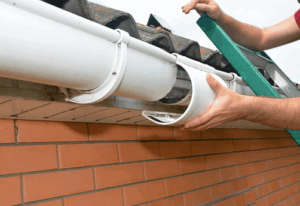 Understanding the seasonal needs of rain gutters is also important. In autumn, falling leaves are a major culprit for clogs. Winter brings the risk of ice dams. Spring and summer can introduce pollen, blossoms, and debris from nearby trees. Scheduling maintenance at least twice a year—preferably in the spring and fall—can address these seasonal threats before they escalate. In areas with frequent storms or heavy tree coverage, more frequent checks may be necessary. Making gutter maintenance part of a seasonal home care routine ensures it becomes a regular habit rather than a forgotten chore.
Understanding the seasonal needs of rain gutters is also important. In autumn, falling leaves are a major culprit for clogs. Winter brings the risk of ice dams. Spring and summer can introduce pollen, blossoms, and debris from nearby trees. Scheduling maintenance at least twice a year—preferably in the spring and fall—can address these seasonal threats before they escalate. In areas with frequent storms or heavy tree coverage, more frequent checks may be necessary. Making gutter maintenance part of a seasonal home care routine ensures it becomes a regular habit rather than a forgotten chore.
When to Consider Professional Help
While many homeowners are comfortable cleaning gutters themselves, there are situations where hiring a professional is advisable. Multi-story homes, steep roofs, or particularly clogged systems can pose safety hazards. Professionals have the tools, experience, and equipment to perform thorough cleaning and spot early signs of damage. Additionally, they can recommend or install gutter guards to reduce the frequency of clogs. Knowing when to bring in an expert can make all the difference in maintaining a safe and effective gutter system.
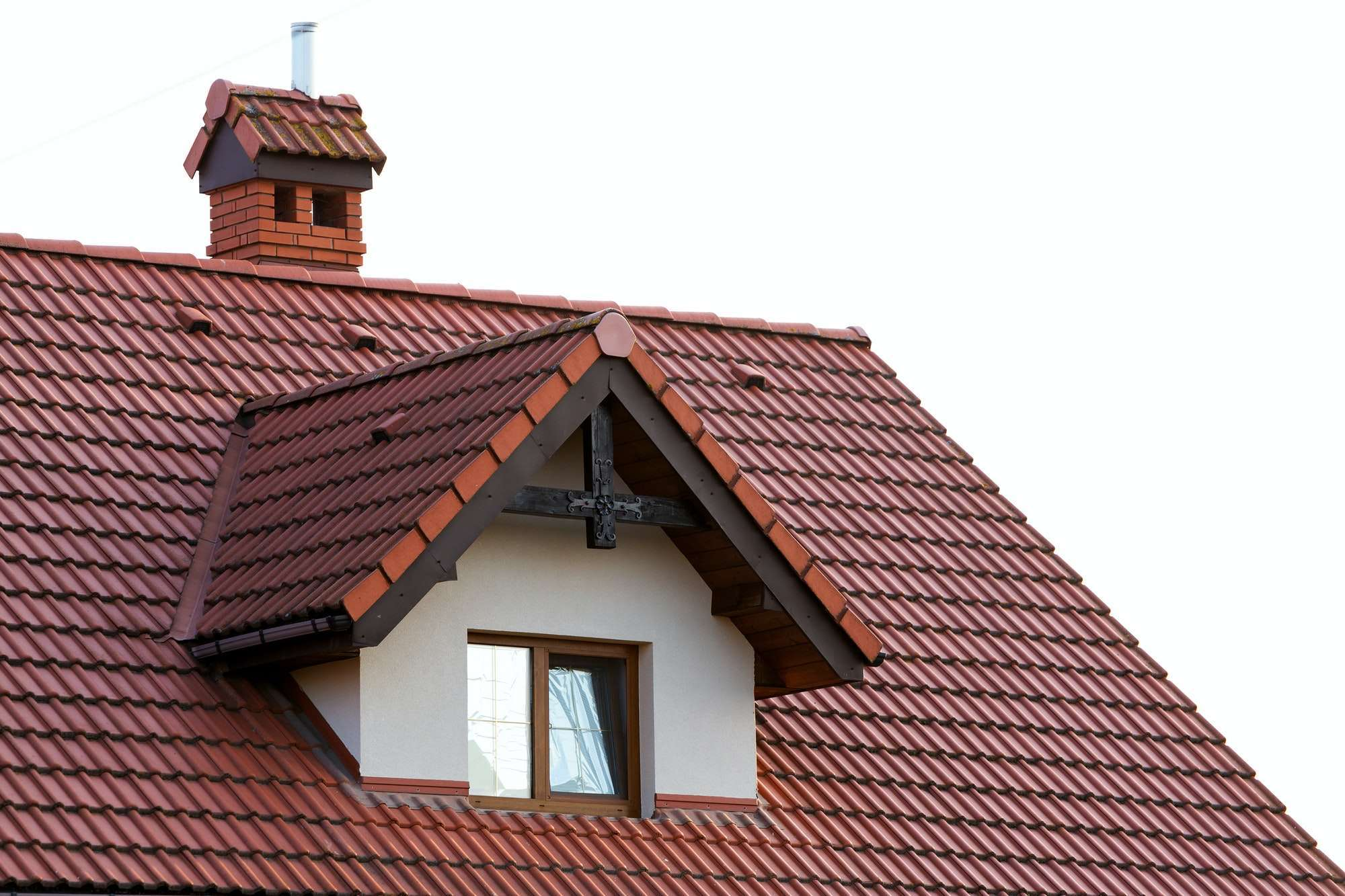
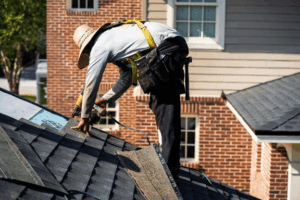 In the aftermath of a natural disaster or severe weather event, the first step is to assess the situation safely. Roof damage is not always immediately visible from the ground. Some signs, such as leaks or water stains on ceilings, may take hours or even days to appear. However, visible cues like missing shingles, sagging areas, torn flashing, or exposed underlayment can indicate significant problems that need immediate attention.
In the aftermath of a natural disaster or severe weather event, the first step is to assess the situation safely. Roof damage is not always immediately visible from the ground. Some signs, such as leaks or water stains on ceilings, may take hours or even days to appear. However, visible cues like missing shingles, sagging areas, torn flashing, or exposed underlayment can indicate significant problems that need immediate attention.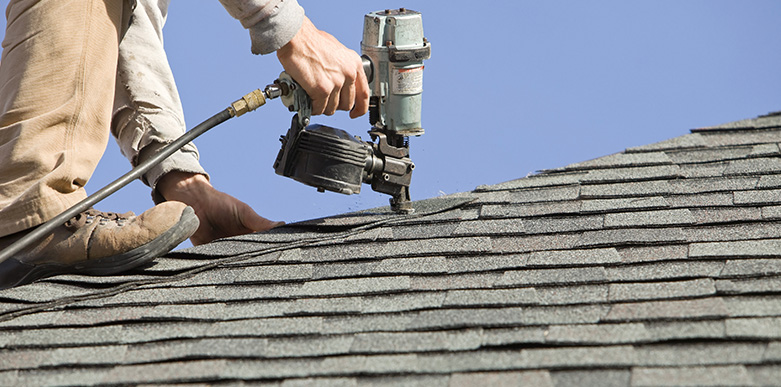
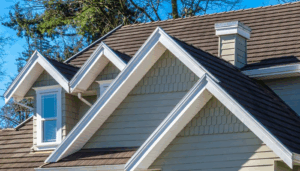 A key factor in extending the life of your roofing is regular inspection. It’s easy to forget about the roof until there’s a visible leak or a missing shingle, but by that time, the damage is often more extensive than it appears. Conducting a visual inspection at least twice a year, ideally in the spring and fall, can help identify issues like cracked or curling shingles, loose flashing, or clogged gutters. These small problems, if addressed early, can prevent major structural damage in the future.
A key factor in extending the life of your roofing is regular inspection. It’s easy to forget about the roof until there’s a visible leak or a missing shingle, but by that time, the damage is often more extensive than it appears. Conducting a visual inspection at least twice a year, ideally in the spring and fall, can help identify issues like cracked or curling shingles, loose flashing, or clogged gutters. These small problems, if addressed early, can prevent major structural damage in the future.